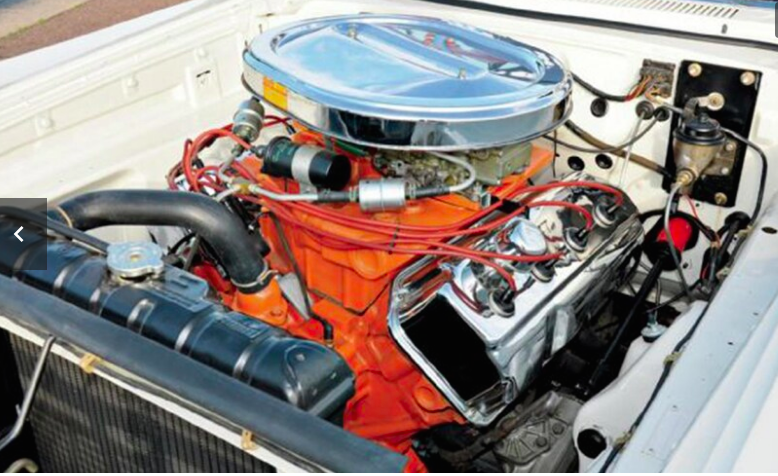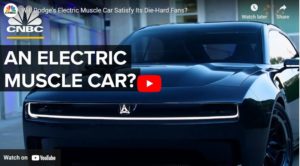Johnny HunkinsAuthorAug 26, 2021 https://www.motortrend.com/features/what-is-mopar/?wc_mid=4035:21905&wc_rid=4035:328343&_wcsid=E2CC51EB1B19E2C9EF97E8EE2C6599DD71CCC42A57F96461
Car companies are highly adept at crafting their brand images, and Mopar happens to be one of the automotive industry’s most recognized brands. Chrysler Corp. introduced Mopar in 1937 to launch its line of parts and accessories, which started with a single paradigm-changing product: antifreeze. That’s right: Chrysler invented antifreeze, then branded it as “MoPar antifreeze.” The Mopar name is a mashup of “motor” and “parts,” and while today we don’t think anything special about antifreeze, it was a big deal during the Great Depression. Folks needed to keep their engines running affordably, and an anti-corrosive coolant with an elevated boiling point and a depressed freezing point was a godsend to many Americans living on the poverty line. However, many folks today think of “Mopar” in a totally different light.
What Is Considered a Mopar?
When folks now say “Mopar” (usually one car enthusiast to another), they’re referring to a car or brand of car—but strictly speaking, there is no Mopar brand of car. The confusion arises because over the decades, Chrysler and all successive Mopar corporate owners did an excellent job keeping the brand alive, and it has served a variety of roles.
When talking with an enthusiast, a Mopar car is one built by one of the original Chrysler Corp. brands, which in order of ascendancy are Plymouth, Dodge, DeSoto, Ram, Chrysler, and Imperial. Out of those original legacy brands, only Dodge, Ram, and Chrysler remain. These legacy brands aren’t the only ones considered Mopars: Chrysler bought the AMC, Eagle, and Jeep brands in 1987, and as a result Mopar cognoscenti welcomed Jeep (the only one of the three to survive) as part of the modern Mopar brand family.
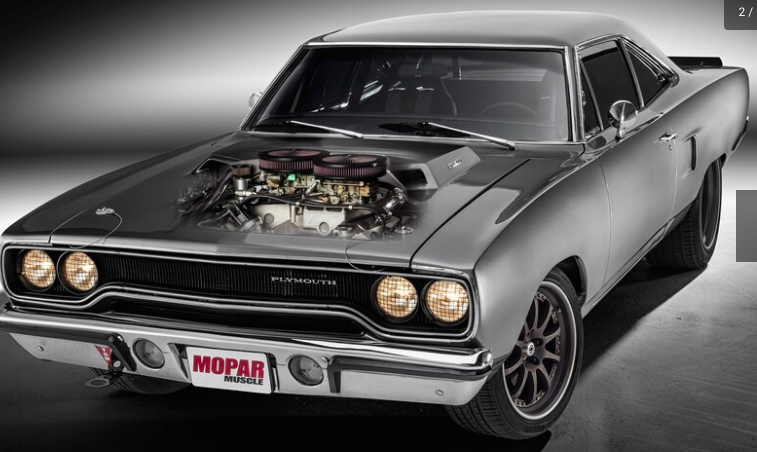
Is Ford a Mopar?
In a great twist for muscle car lovers, the gearheads at Ford also designed and built a hemi engine that was available for sale in limited quantities of Mustangs in 1969 and 1970. Called the Boss 429 Mustang, these rare models are coveted because their hemi engine technology (like Chrysler’s) made them among the most powerful muscle cars on the road. (Note: Mercury offered an even rarer example of the Boss 429 hemi in the Cougar Eliminator.) Prior to this, Ford offered the race-use-only SOHC 427, a hemi-headed crate engine derived from the FE engine platform and offered over the counter at special Ford dealerships.
Nevertheless, Chrysler came to the hemi game first in 1952 and popularized the hemispherical combustion chamber design, making “hemi” a household word. By the time Ford produced its hemi, Chrysler already “owned” the hemi in enthusiasts’ hearts and minds. When Ford built its hemi-headed Blue Crescent Boss 429 based on the 385-series big-block, it shared nothing with Chrysler’s hemi except its combustion chamber concept. Today, the word “hemi” is so thoroughly wed to Chrysler that when it is used (correctly) to refer to another brand’s hemi engine, many folks incorrectly conflate Ford as being a Mopar. Fun fact: Alfa Romeo and Lancia, two other Stellantis brands related today by marriage to Mopar, both offered famous hemi engines.
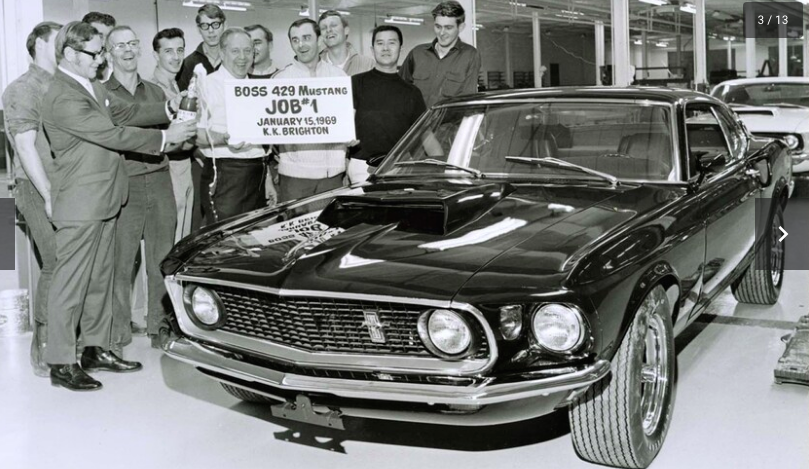
What Is a Mopar Jeep?
In recent years, the owners of the Mopar brand (in chronological order: Chrysler Corp., Daimler Chrysler, Cerberus Capital, Fiat Chrysler Automobiles, and Stellantis) have sought to increase Mopar’s public relations energy by promoting a line of aftermarket vehicle accessories and performance parts to complement its main business of making and selling original-equipment service replacement parts (and yes, antifreeze).
To that end, Mopar’s parent company has long been a member of SEMA, producing a fantastic vehicle display at the annual SEMA show in Las Vegas. Each year, Mopar presents new products on modified Jeeps with a wide variety of dealer-added and aftermarket pieces that provide a variety of benefits from appearance to off-road performance. These “Mopar Jeeps” are usually one-off concepts (not generally for sale) and are created to showcase what folks can build at home or select as options at the point of sale. On rare occasions, Mopar assembles a very limited run of Mopar-branded Jeeps equipped with performance and appearance upgrades that are available at select dealerships through the Mopar parts franchise.Â
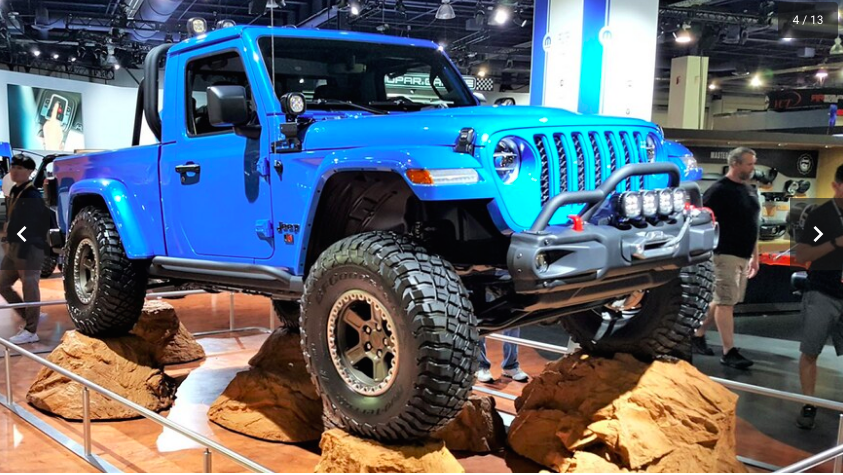
Are Mopar Parts Good?
For most Stallantis vehicle brands sold in North America (the exception being Maserati), original-equipment replacement parts are sold through Mopar. More specifically, factory-backed original-equipment parts and accessories for Dodge, Jeep, Ram, Chrysler, Fiat, and Alfa Romeo are Mopar branded and sold through official Mopar parts channels and dealership service departments. Mopar parts are the preferred parts used by these service departments, and they meet or exceed the original-equipment service parameters. And in most cases, they are required to keep a vehicle’s factory warranty in force. As such, you can count on the high quality of Mopar parts for use in these vehicles.
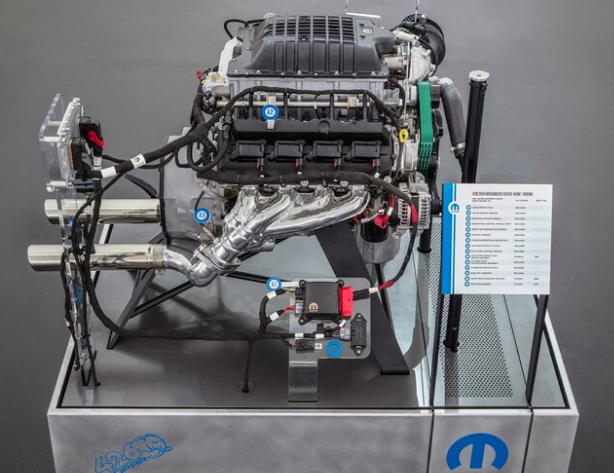
What Does “Hemi” Stand For?
“Hemi” is sometimes spelled in all caps as “HEMI.” When you see it presented this way, it indicates use in official Dodge, Jeep, Ram, Chrysler, or SRT public relations material, or a direct quote from such material. “HEMI” is not an acronym for anything, meaning its letters are not reductive of something longer in the same way, for instance, “DOT” refers to “Department of Transportation.” It’s a product of the caps-lock-on practice that draws additional and confusing attention to the word.
“Hemi” is a shortening of “semi-hemispherical,” and it refers to the shape of the original Hemi’s combustion chamber (pictured, next slide). The third-gen Hemi’s combustion chamber, in fact, is a section of an oblate spheroid, not a semi-hemisphere, proving that if you’re going to get it wrong, you might as well go all the way. Correctly capitalized as “Hemi,” it refers specifically to Chrysler’s (now Stellantis’) patented engine design. A “hemi” without capitalization refers generically to any engine with a hemispherical combustion chamber.
